Ever wondered if your feline friend has more to say than the average house cat? You’re not alone in this curiosity. While some cats prefer to communicate through subtle body language and gentle purrs, others seem to have developed their own personal vocabulary just for you. The world of cat vocalizations is fascinating, ranging from simple meows to complex conversations that can leave you wondering if your pet is actually trying to hold a philosophical debate.
Research shows that cats can express numerous different vocalizations, though some experts believe the actual number might be even higher. Whether your cat is naturally chatty or suddenly becoming more vocal, understanding these communication patterns can strengthen your bond and help you recognize when something might need your attention. Let’s dive into the telltale signs that mark your cat as a true conversationalist, plus discover which breeds prefer the quiet life.
They Follow You Around Making Commentary
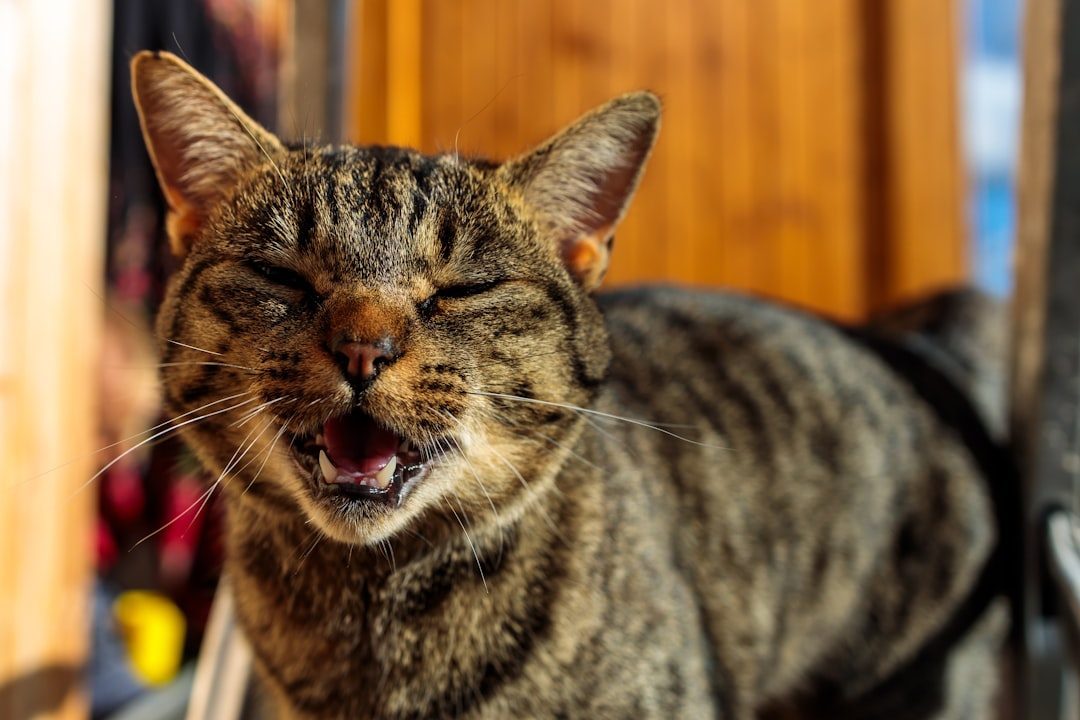
One of the clearest indicators you have a talker on your hands is when your cat becomes your personal narrator. Some cats walk around the house meowing to themselves, but talkative cats take it a step further by providing running commentary on your daily activities. They might chirp when you enter a room, trill when you’re cooking, or offer their opinion about your choice in television shows.
This behavior goes beyond simple attention-seeking. Your vocal feline genuinely seems invested in maintaining a dialogue with you throughout the day. They pause, wait for your response, and continue their commentary based on your reactions, creating what feels like genuine conversation between species.
Your Cat Responds When You Talk Back
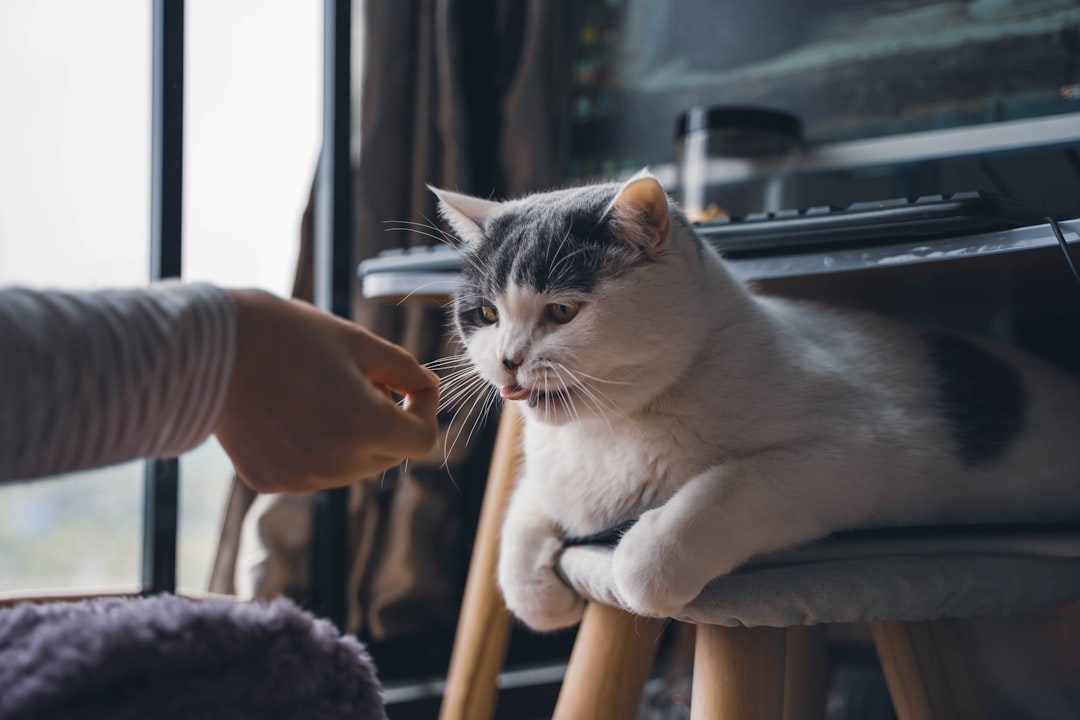
While generally quiet cats, they will talk to you if you talk to them and develop a large vocabulary. True talker cats don’t just vocalize randomly; they engage in what appears to be purposeful communication. When you respond to their meows with words or sounds of your own, they answer back almost immediately.
This back-and-forth exchange can continue for surprisingly long periods. Your cat might start with a simple greeting meow, but once you respond, they launch into what sounds like a detailed account of their day or their thoughts on the current situation.
They Use Different Tones for Different Messages
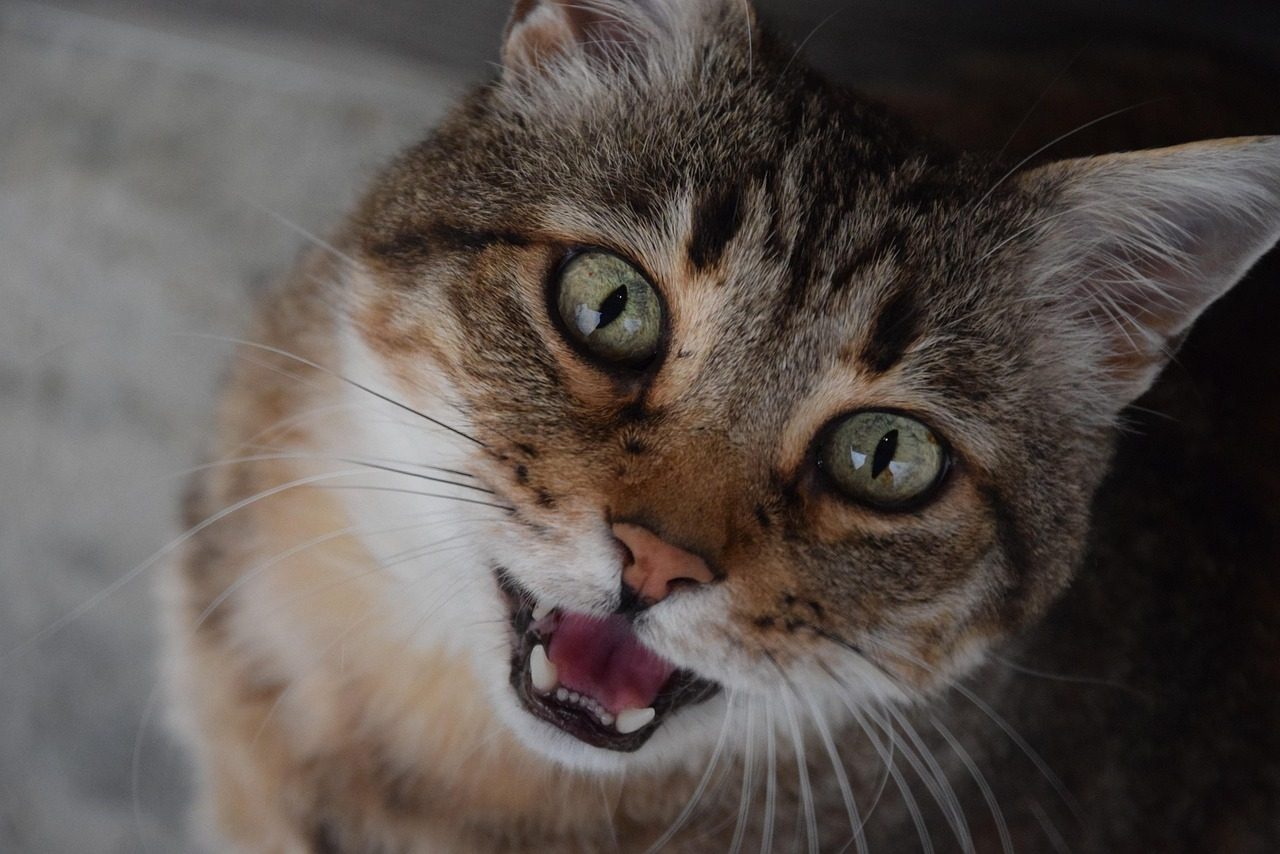
Different sounds add different meanings, so a meow can be assertive, coaxing, demanding, inviting, imperious, whining, melancholic, suffering, friendly, or undaunted. Observant cat parents quickly learn to distinguish between their talker’s various vocal expressions. The demanding dinner meow sounds completely different from the affectionate greeting chirp or the worried call when you’ve been away too long.
These vocal variations demonstrate sophisticated communication skills. Your cat has developed specific tones for specific situations, much like how humans adjust their voice depending on what they’re trying to convey. This isn’t accidental; it’s learned behavior that shows your cat understands the power of vocal communication.
Morning and Evening Vocal Sessions

Many talkative cats have established vocal routines that coincide with your daily schedule. They might greet you with an elaborate series of meows, trills, and chirps first thing in the morning, as if catching you up on everything that happened while you were asleep. Evening reunions often trigger similar vocal celebrations.
One of the hallmark signs is increased vocalization, especially at night, though this pattern varies among individual cats. Some prefer dawn conversations, while others save their chattiest moments for when you return from work.
They Vocalize During Play and Exploration
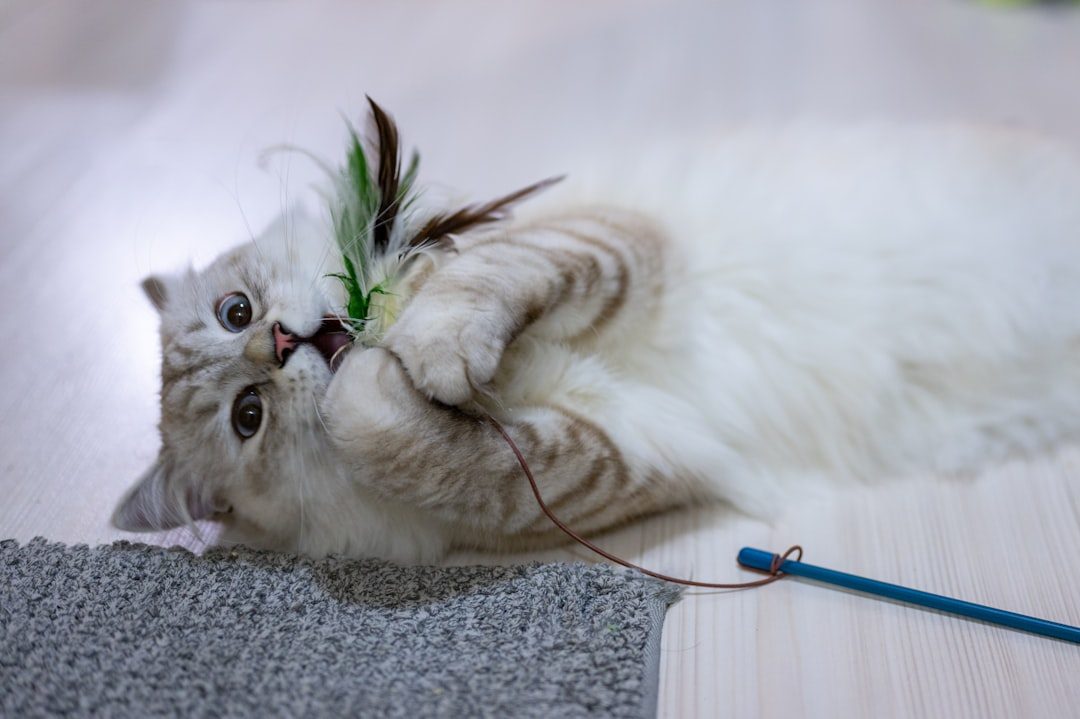
Talker cats often provide their own soundtrack during activities. Chattering, chittering or twittering are the noises your cat makes when they’re sitting in the window watching birds or squirrels. It usually translates to excitement. Beyond this hunting chatter, vocal cats might meow while playing with toys, announce their discoveries when exploring new areas, or narrate their climbing adventures.
This vocalization during activities suggests your cat views you as a companion worth sharing experiences with. They’re not just playing or exploring; they’re including you in their adventures through vocal storytelling.
Attention-Seeking Becomes an Art Form
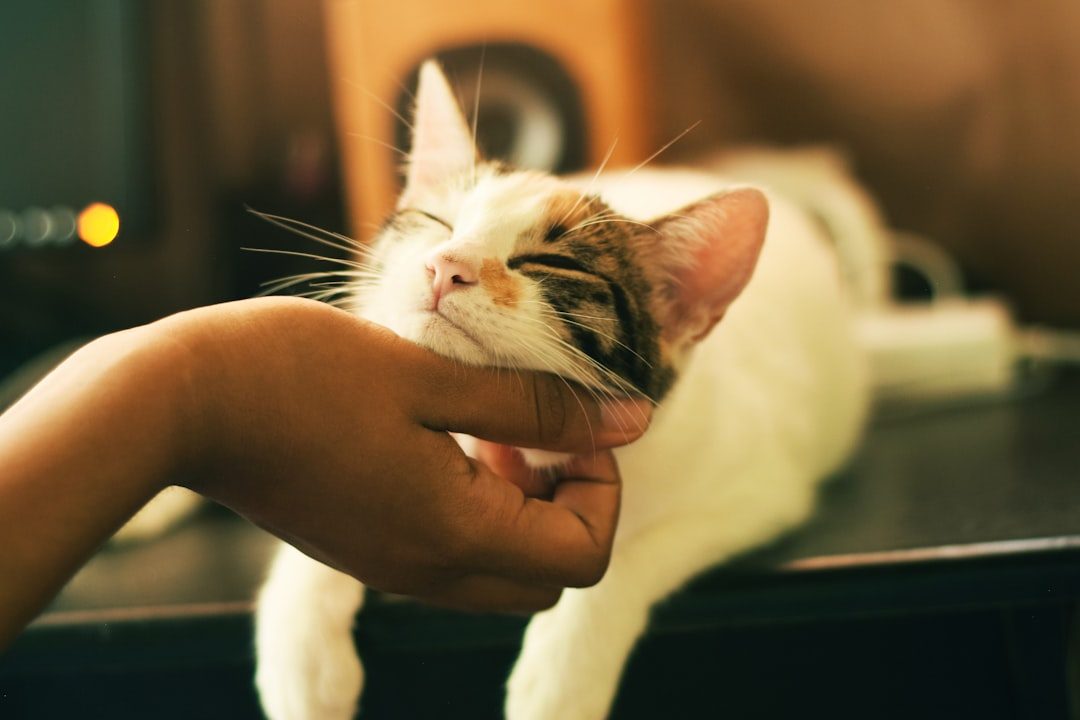
Your cat may also get extra vocal when it wants attention or is feeling bored. Petting or playing with your cat can give it the love it desires. However, if the vocalization is constant and attention-seeking, you may want to only give your cat attention when it’s being quiet to discourage excessive meowing or whining. The difference between a regular cat asking for attention and a talker doing the same is like comparing a gentle tap on the shoulder to a full presentation.
Talker cats have mastered the art of getting your attention through strategic vocalization. They know which meows make you look up from your phone, which chirps get you to follow them, and which urgent calls bring you running.
They Greet Visitors with Vocal Introductions
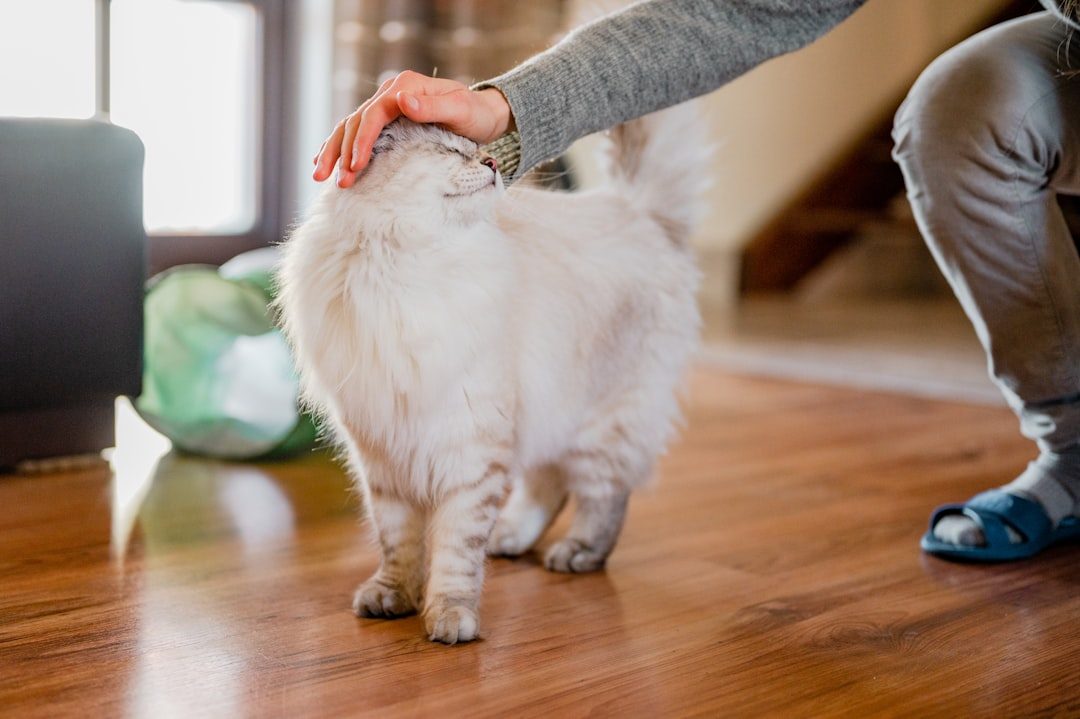
While many cats hide when strangers arrive, talkative cats often do the opposite. They might approach visitors with a series of welcoming meows, as if introducing themselves and explaining house rules. Some even seem to give guided tours, leading guests around while maintaining a steady stream of commentary.
Chirps and trills are how a mother cat tells her kittens to follow her. When aimed at you, it probably means your cat wants you to follow them, usually to their food bowl. This maternal behavior extends to guests, with talker cats often trying to guide newcomers around their territory.
Mealtime Becomes a Performance

Hunger is another very common reason for cats to meow. If it’s nearing your cat’s designated meal time, your cat may wake you up with meows or roam through the house vocalizing until it can send its message to you. Talker cats elevate mealtime requests into elaborate performances that can begin hours before the actual feeding time.
These vocal food requests often include different phases, from the initial polite reminder meows to increasingly insistent demands as mealtime approaches. Some talker cats even provide commentary during eating, as if sharing their opinions about the food quality or expressing gratitude.
Problem-Solving Comes with Sound Effects
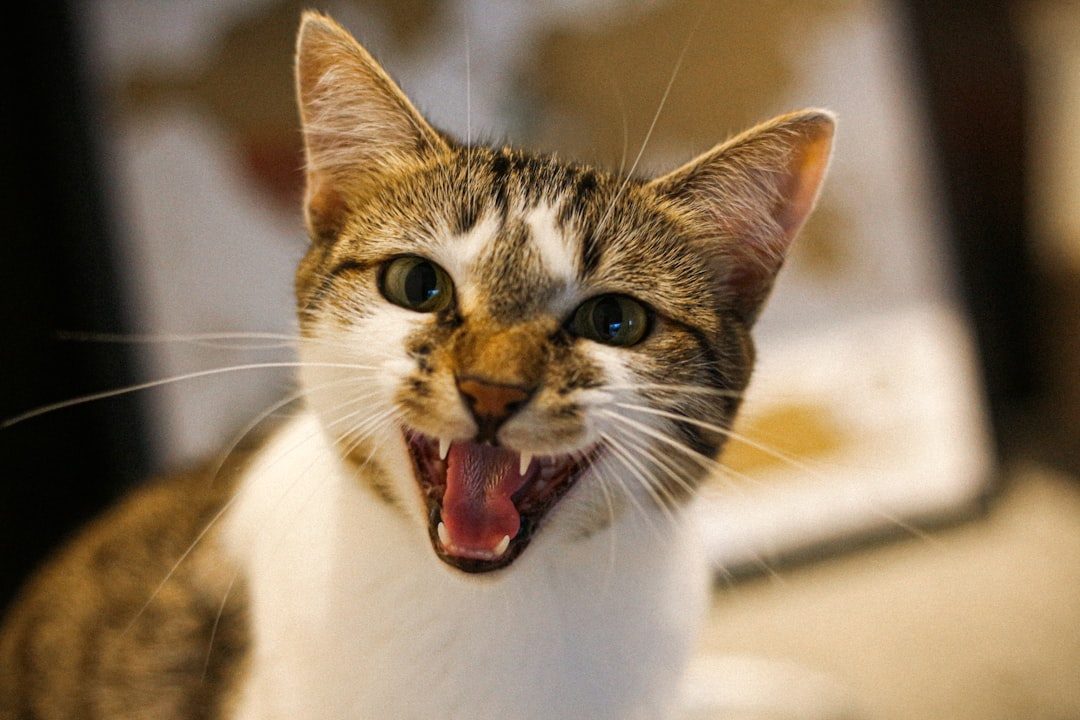
When faced with obstacles or puzzles, talker cats don’t suffer in silence. They vocalize their frustration when a toy gets stuck under furniture, call for assistance when they can’t reach something they want, or express their confusion when their routine gets disrupted. This problem-solving vocalization suggests high intelligence and strong communication instincts.
Some cats are just more talkative than others, and these naturally vocal individuals use their voices as tools for navigating challenges and seeking solutions from their human companions.
Russian Blue: The Quietly Intelligent Companion
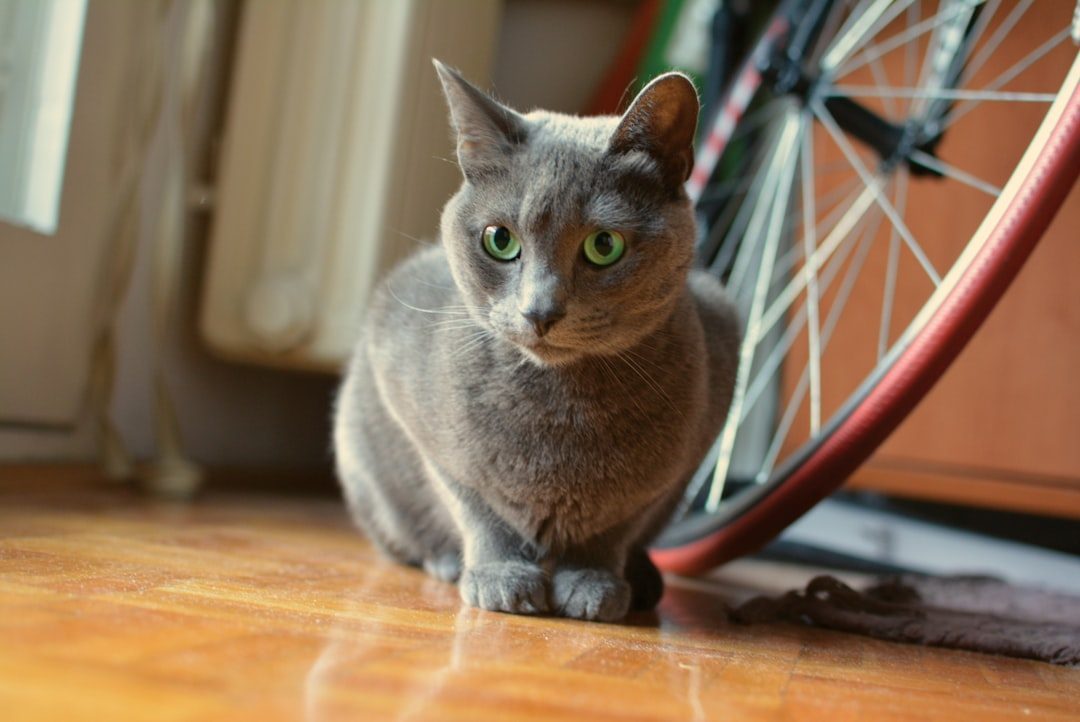
They are generally considered to be a quiet breed but there are always exceptions. Russian Blues represent the perfect balance between intelligence and discretion. These elegant cats with their distinctive silver-tipped blue coats prefer to communicate through subtle gestures and gentle presence rather than constant vocalization.
While generally quiet cats, they will talk to you if you talk to them and develop a large vocabulary. This selective communication style means Russian Blues save their voices for meaningful interactions, making their occasional meows feel more special and purposeful.
British Shorthair: The Polite Observer
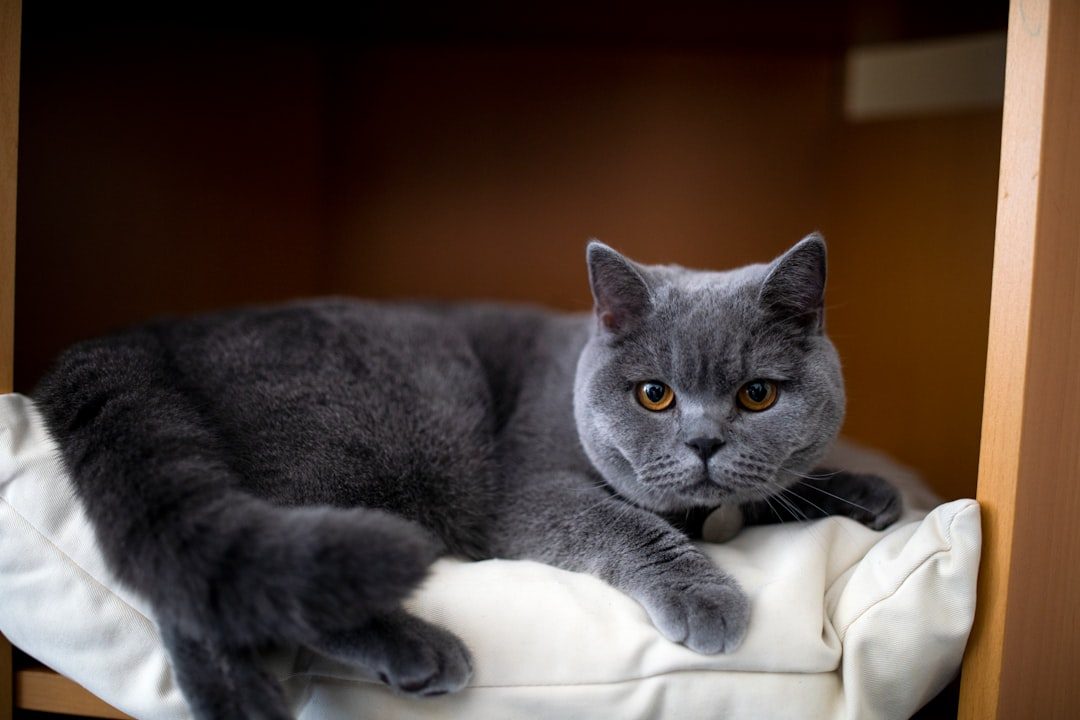
They prefer to lounge next to you rather than occupying your lap, and they aren’t terribly demanding or overly vocal. British Shorthairs embody the stereotype of the reserved British gentleman, rarely raising their voices unless absolutely necessary. They tend to be quiet cats, accepting attention given, though not making a fuss to get it.
And whatever social situation it finds itself in, it’s very definitely a quiet and polite kitty. Their calm demeanor and preference for peaceful coexistence make them ideal companions for those who appreciate feline company without the constant chatter.
Persian: The Serene Lap Cat

The Persian, with its gorgeous long fur, is one of the most regal-looking cats, and as befits its status it’s not one to make an unnecessary noise. Persians have mastered the art of quiet dignity, preferring to communicate through gentle purrs and meaningful looks rather than vocal demands.
Docile and quiet, the Persian is an ideal companion for readers, families with children, and anyone who enjoys hours of cuddling with a furry pillow. Playful but not demanding, the Persian is happiest when blending into his household, communicating quietly. Their peaceful nature makes them perfect for households that value tranquility.
Bengal: The Wild Cat with Domestic Manners
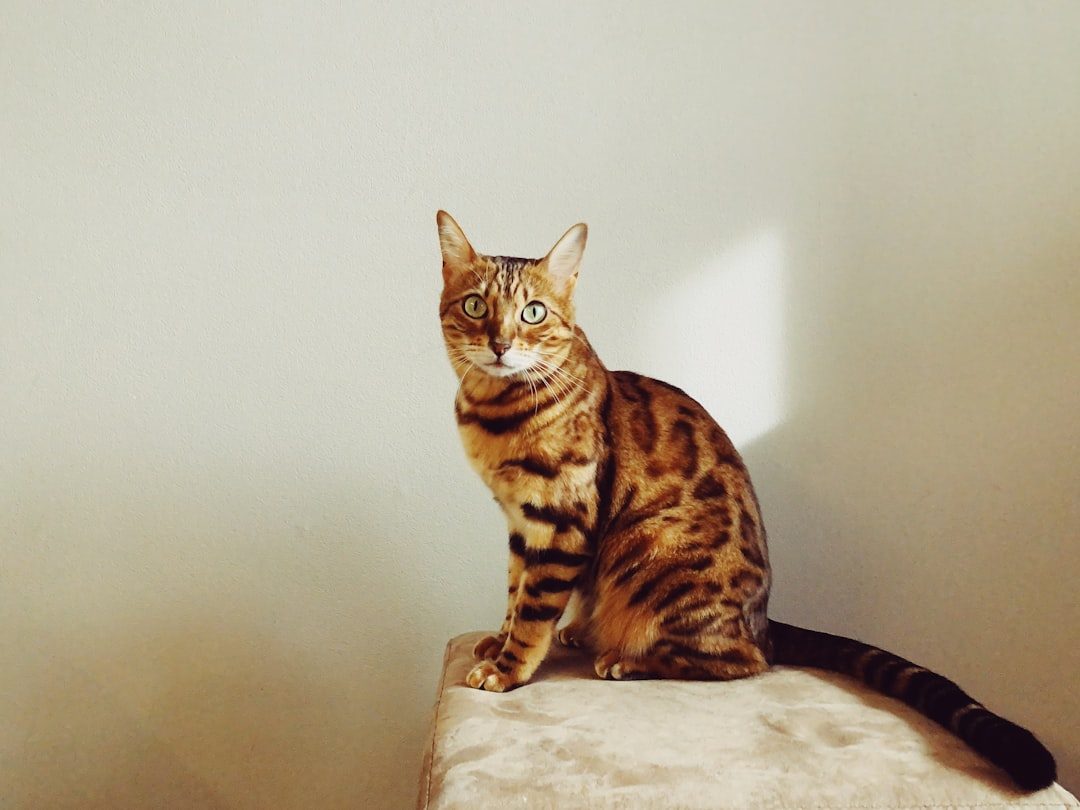
Bengals are big cats with big personalities, but like the leopard cats that were interbred with domestic cats to create the Bengal breed, they’re not especially vocal. Wild cats, on the whole, don’t vocalize a lot, and while a Bengal’s domestic heritage means that it’s not completely averse to a good old meow, the noise you’re most likely to get out of one is an especially loud purr.
Despite their exotic appearance and high energy levels, Bengals maintain their wild ancestors’ preference for quiet communication. When they do vocalize, it’s typically purposeful and brief, focusing more on physical expression of their needs and emotions.
Scottish Fold: The Gentle Whisperer
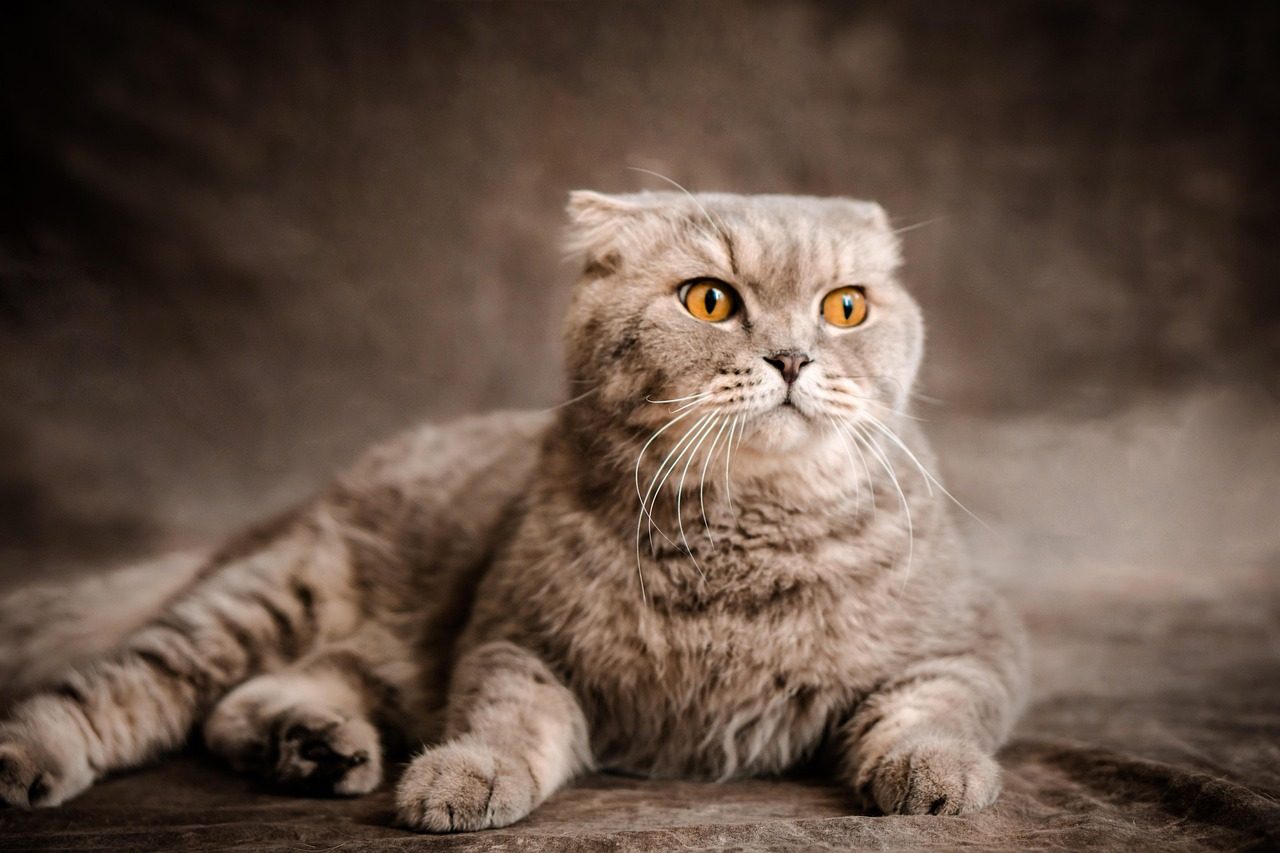
These cats are quiet and docile and aren’t demanding in any sense. They get along happily with other cats and dogs, as well as children. Scottish Folds, with their distinctive folded ears and sweet expressions, prefer gentle whispers over loud declarations. They’re social, quiet cats that like to chill out around their owners, snuggle with them and cosy up.
Their calm temperament extends to their vocal habits, making them excellent choices for families seeking peaceful feline companionship. When they do speak up, it’s usually with soft, chirpy voices that match their sweet personalities.
Ragdoll: The Relaxed Communicator
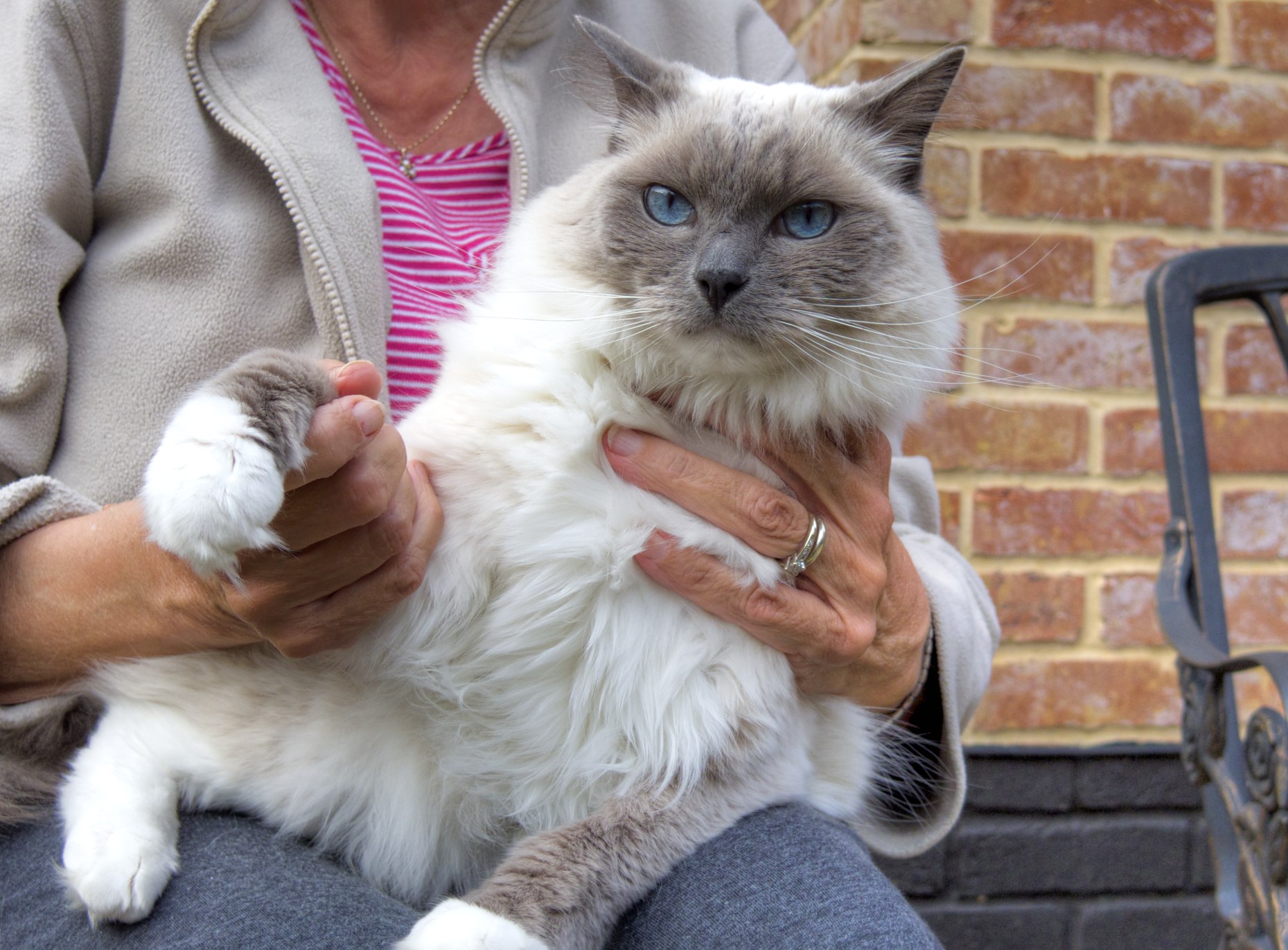
The Ragdoll is widely considered the sweetest cat breed due to its affectionate, gentle, and laid-back temperament. While Ragdolls are incredibly social and bonded to their families, they express their devotion through physical closeness rather than constant vocalization. Their name comes from their tendency to go limp when picked up – making them perfect for cuddling sessions. Social and easygoing, Ragdolls get along well with children, other cats, and even dogs. Their laid-back attitude means they’re rarely bothered by the hustle and bustle of family life.
These gentle giants prefer to let their actions speak louder than their voices, creating deep bonds with their humans through presence and affection rather than conversation.
Conclusion: Understanding Your Cat’s Communication Style
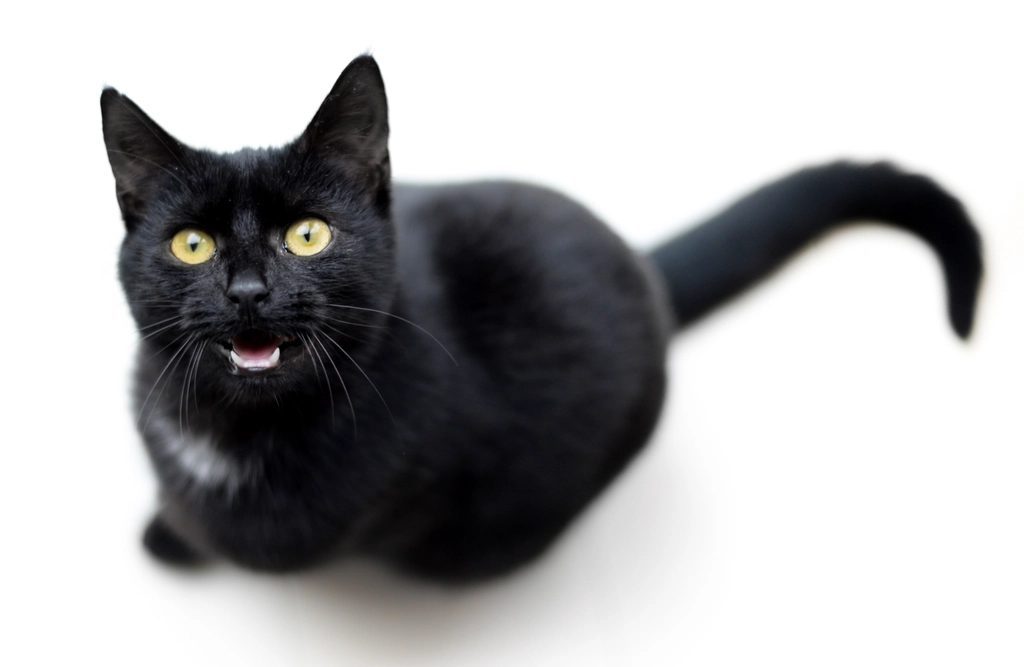
Whether your cat falls into the chatty category or prefers the strong, silent approach, understanding their communication style helps you provide better care and build stronger bonds. Cats communicate in many ways, and their vocalizations can tell us a lot about what they’re feeling and needing. Talkative cats bring energy and personality to your home with their constant commentary, while quiet breeds offer peaceful companionship and subtle affection.
Remember that any sudden changes in vocalization patterns warrant attention, as they can indicate health issues or stress. The beauty of sharing your life with cats lies in appreciating their individual personalities, whether they’re natural born storytellers or prefer to express their love through quiet presence. What kind of communicator is your feline friend? Tell us in the comments!





